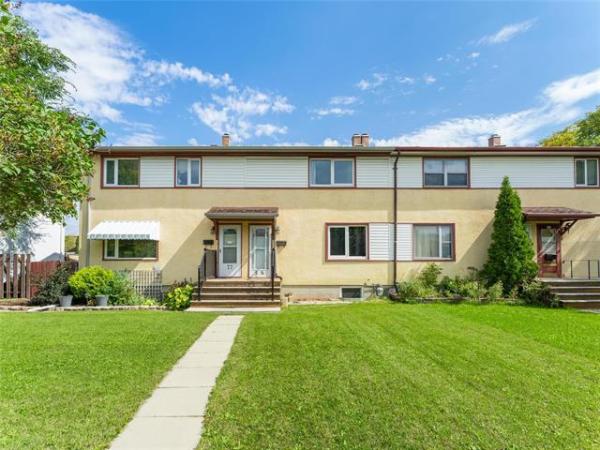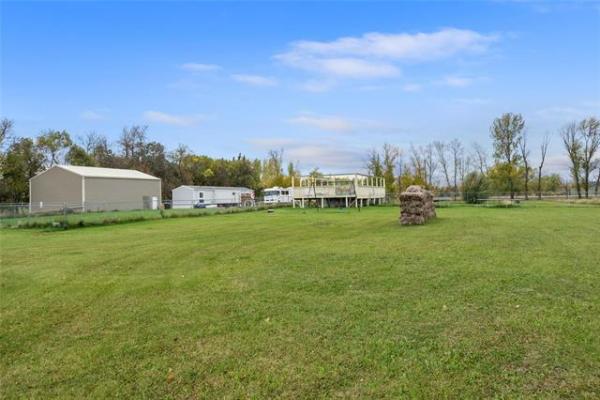--Art Brown, e-mail
Answer -- Improper plumbing vents, usually done by ambitious homeowners like yourself, are among the most common defects I see in homes. The reason I think these are so prevalent is that the drains will often work reasonably well, with hidden defects, even with badly installed venting. Because of this, I don't recommend homeowners attempt major drain or venting renovations without a consultation from a licensed plumber, to ensure the venting is done properly.
There are two main implications with plumbing vents done poorly or improperly. The first is obvious, poor drainage of toilets, sinks, bathtubs, and other plumbing fixtures. The second potential problem may be much more insidious, sewer gas intrusion. Drains installed with improper traps or missing vents can lead to sewer gas leaking into the home, rather than escaping up the stack and out the roof of the home. This gas can be noxious and in high enough concentrations may lead to health problems for the occupants of the home. Properly installed vents and P-traps will ensure that this gas is prevented from entering the living space.
While proper installation of plumbing drains is not exactly rocket science, many weekend warriors do not have the knowledge necessary to ensure that venting is done correctly when relocating older pipes. Your statement that your home has a five-inch galvanized stack makes me believe that you are in this category. Your stack is almost certainly cast iron, not galvanized, and new plumbing drains used in residential construction are almost always ABS plastic, not PVC. Installation of one "elbow" will only get the pipe moved in one direction but not back to the original location, as planned, without more joints. I am assuming that you are suggesting using 90-degree elbows, while ones with less of a severe angle may be more appropriate in your situation.
Replacement of an older cast iron stack with ABS is a good upgrade but in a one-storey home like yours it may be easier to replace the entire section from the basement through the roof, rather than splicing a piece in the middle. That way, you can prevent future leakage in the older, wet section of the drain in the basement. This will also allow you do a better job of attaching any newer ABS drains to the stack, below the main floor, that may have been replaced in the past. It will also allow you to install a proper neoprene flashing at the roof, near the top of the pipe, and remove the older lead flashing, above the roof, that may be deteriorated. This will ultimately be more work, but will provide you with a more permanent repair than you had proposed.
The next thing to consider, and probably the main reason for your question, is proper operation of the vent after modifications. As long as you don't reduce the interior size of the vent pipe significantly, you will probably still get sufficient air into the pipe for proper drainage with the new bends. However, this may only be true most of the year. The real problem may occur when the weather gets really cold outside. If you install sharp elbows, or reduce the size of the pipe in any way, you run the risk of excess frost build-up inside the "dry" section of the stack above the bathroom ceiling. This frost or ice may prevent proper air intrusion into the pipe and create the same issues identified previously. If you have a single, straight, vertical pipe going from basement to roof, this is unlikely to occur.
With the explosion of renovation-related shows on television, it may appear to many people that installation of various components for replacement of older items in homes is a simple procedure. With many materials like drywall and laminate flooring, this is may not be far from the truth, but that is not the situation with all systems. While cutting and gluing of ABS plumbing drains may well be within the skill levels of many homeowners, proper design of these systems is not simple. To properly address this concern, a licensed plumber should be able to take a look at the situation in your home and direct you in the proper method of adapting your older drains for your new desires. This will not only make sure that the drains function properly, but will also ensure that you pass scrutiny from the municipal building inspector, after you apply for the proper permit for your renovation.
Oh, yeah -- the building permit. Any time renovations involve electrical, plumbing or structural changes, you must get a building permit.
Ari Marantz is the owner of Trained Eye Home Inspection Ltd. and the president of the Canadian Association of Home & Property Inspectors - Manitoba (www.cahpi.mb.ca). Questions can be e-mailed or sent to: Ask The Inspector, P. O. Box 69021, #110-2025 Corydon Ave., Winnipeg, MB. R3P 2G9. Ari can be reached at (204) 291-5358 or check out his website at www.trainedeye.ca.



